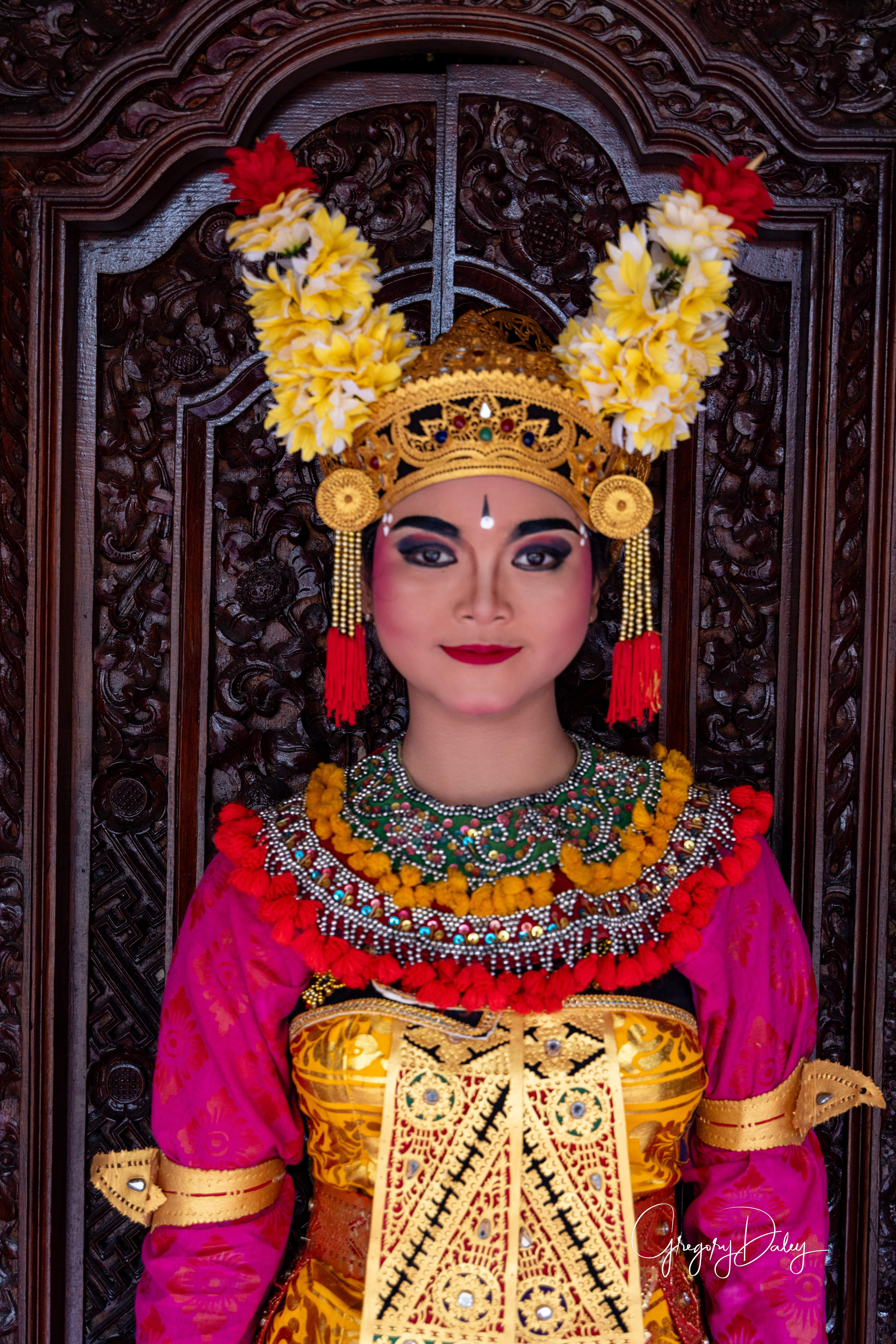


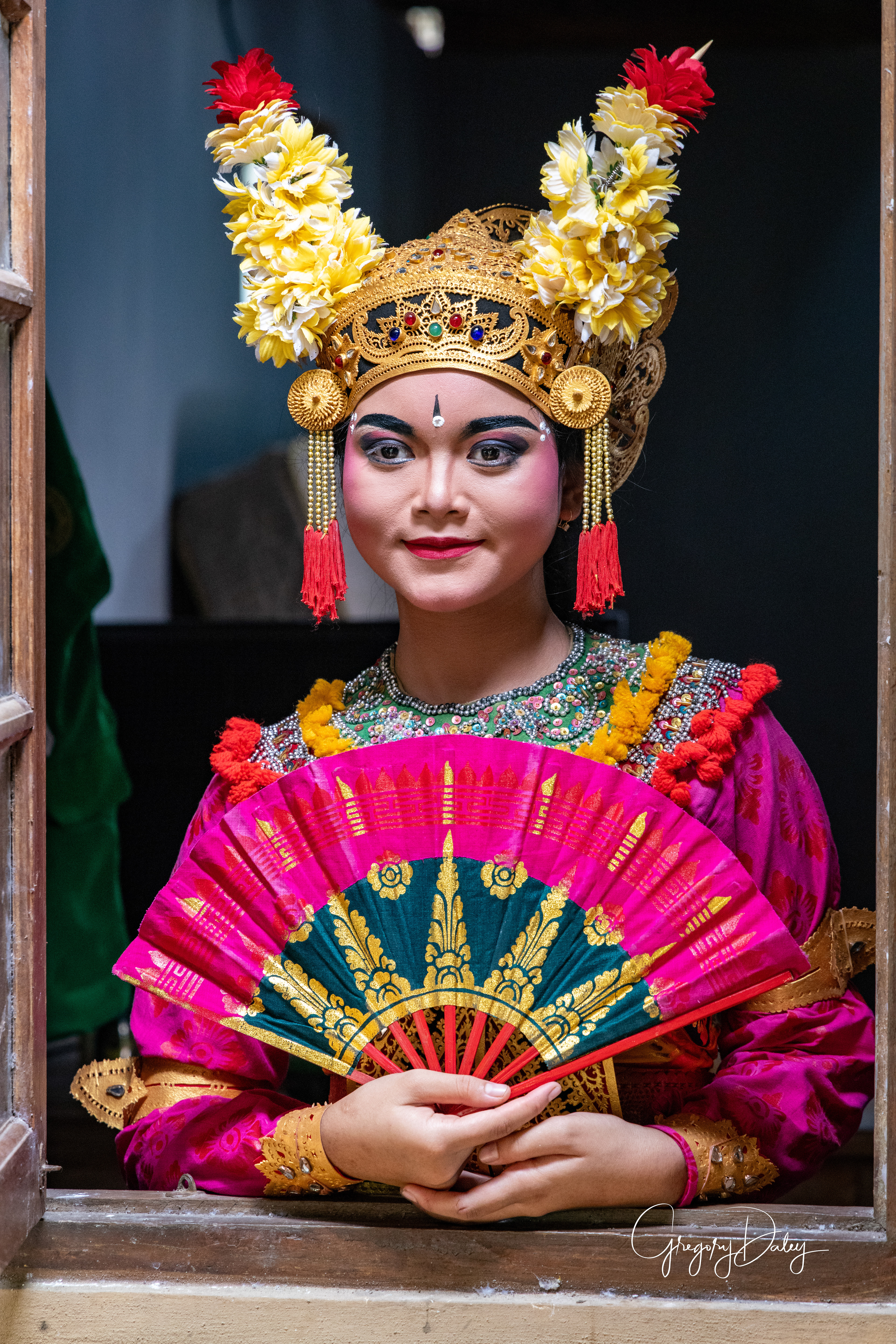


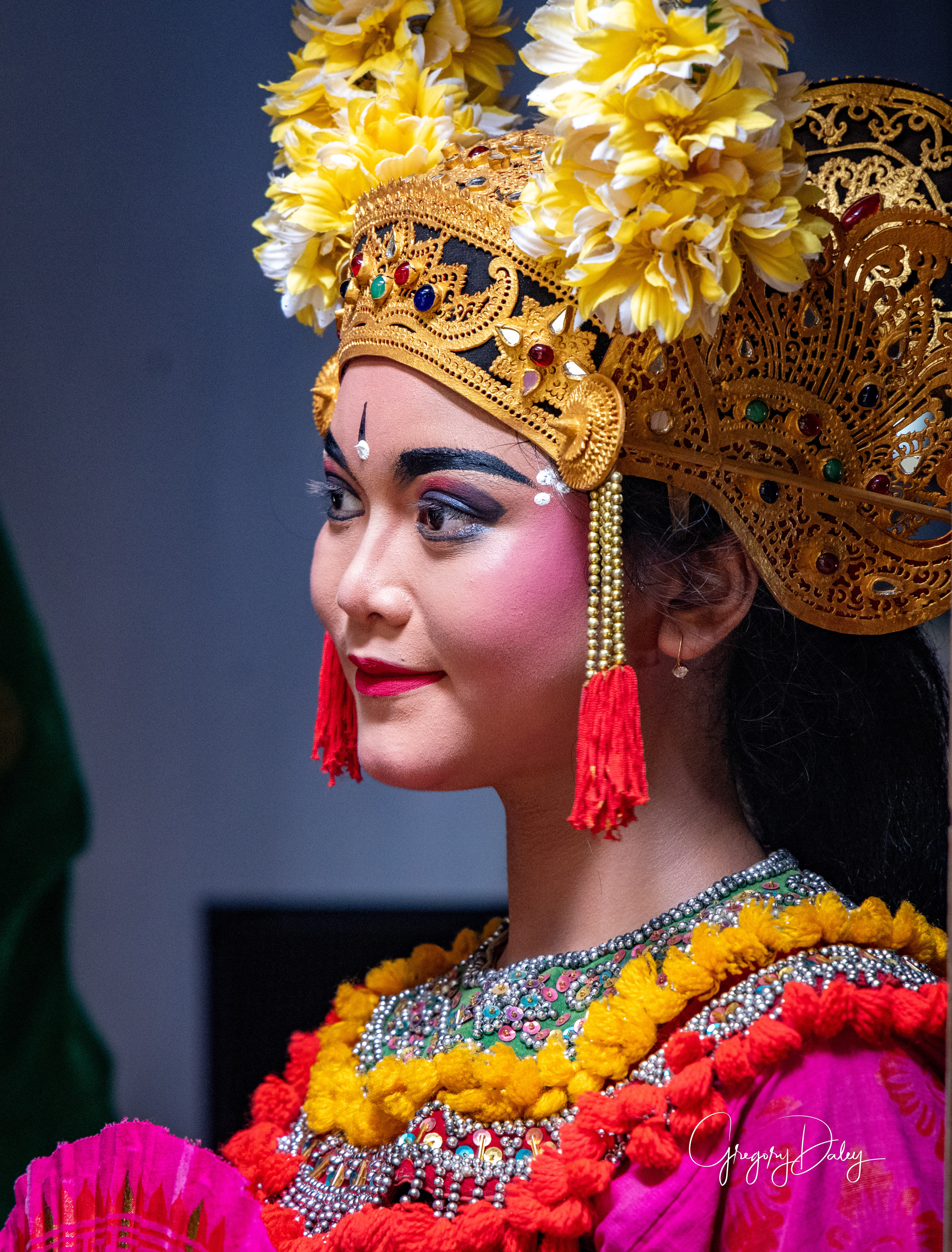
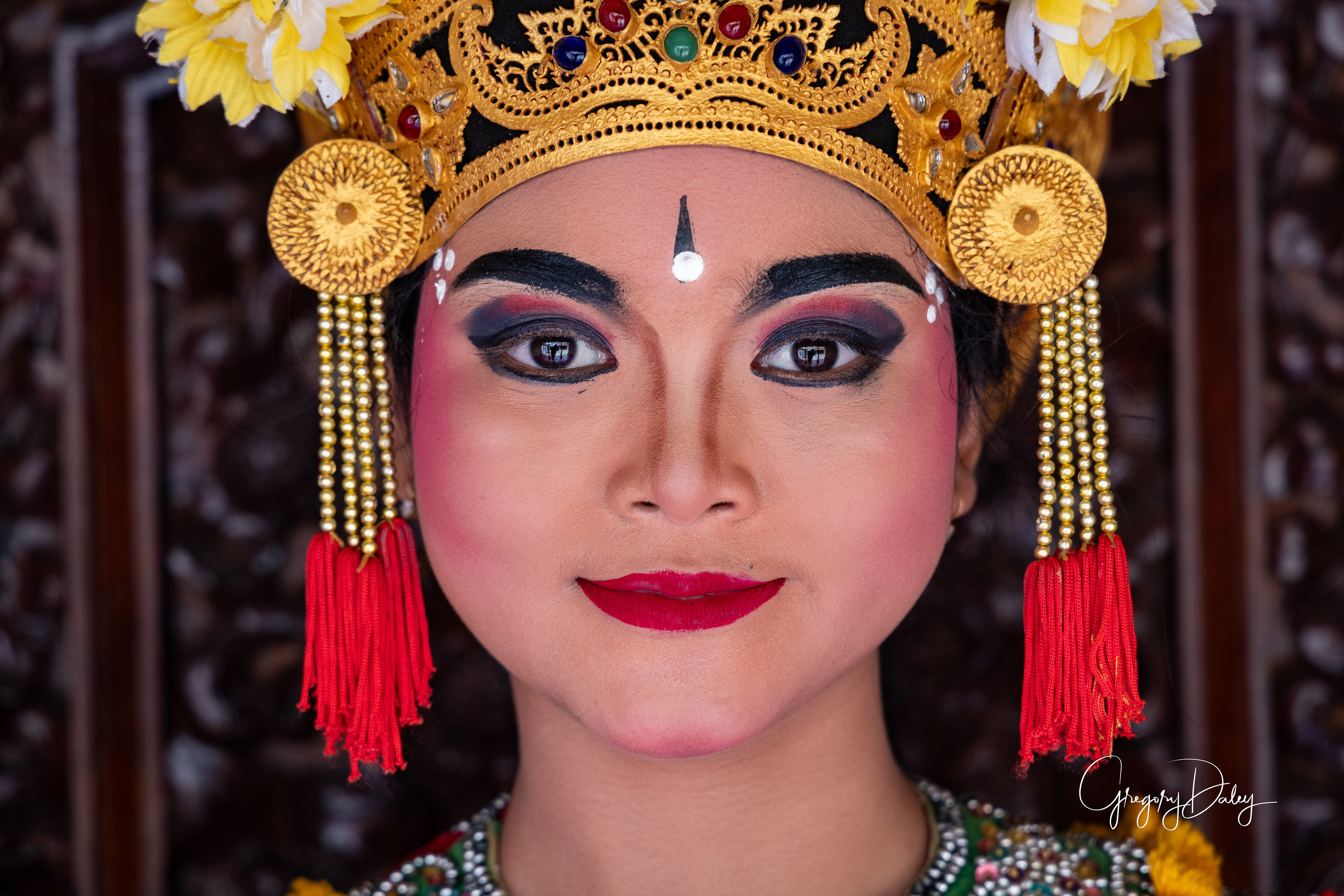
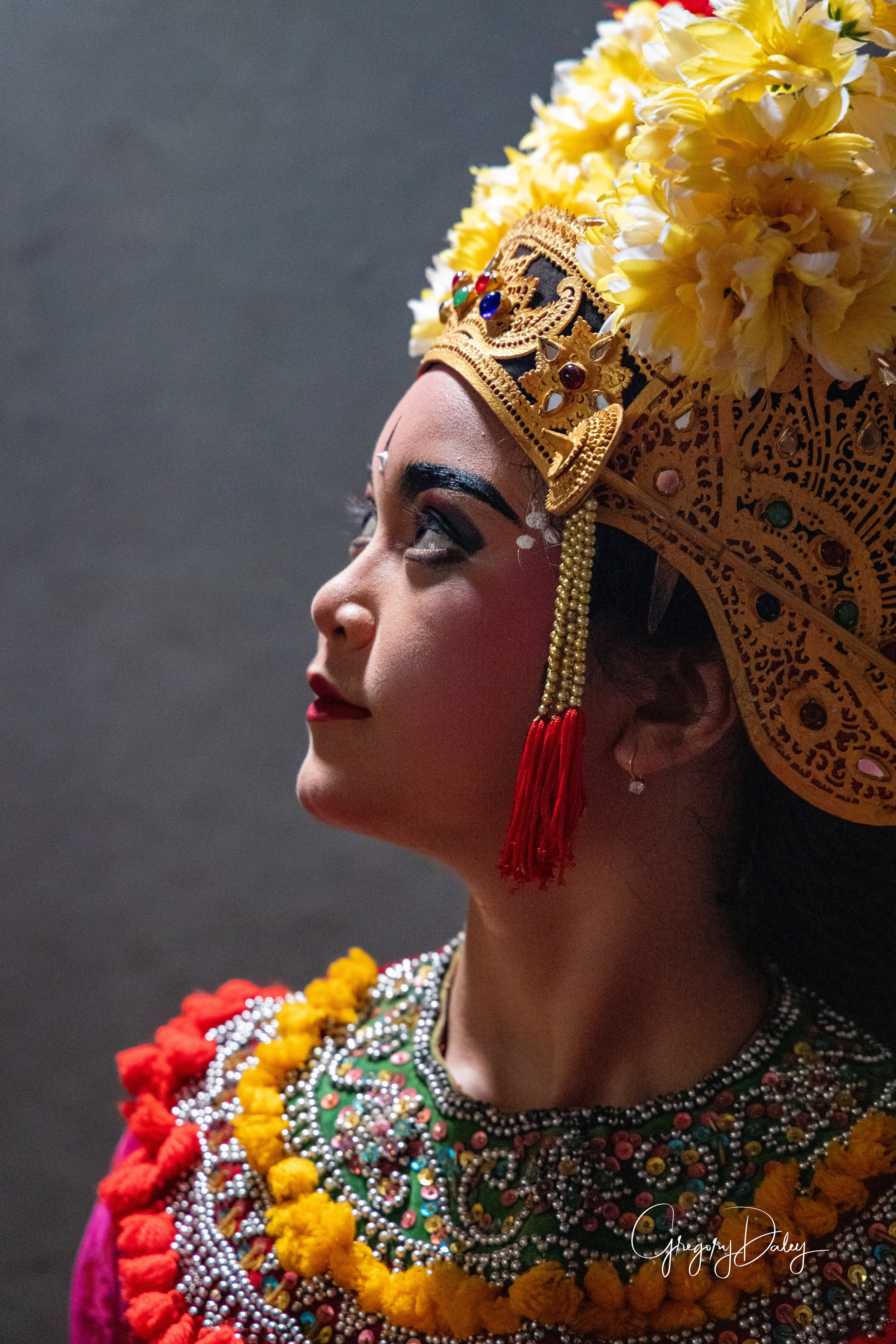
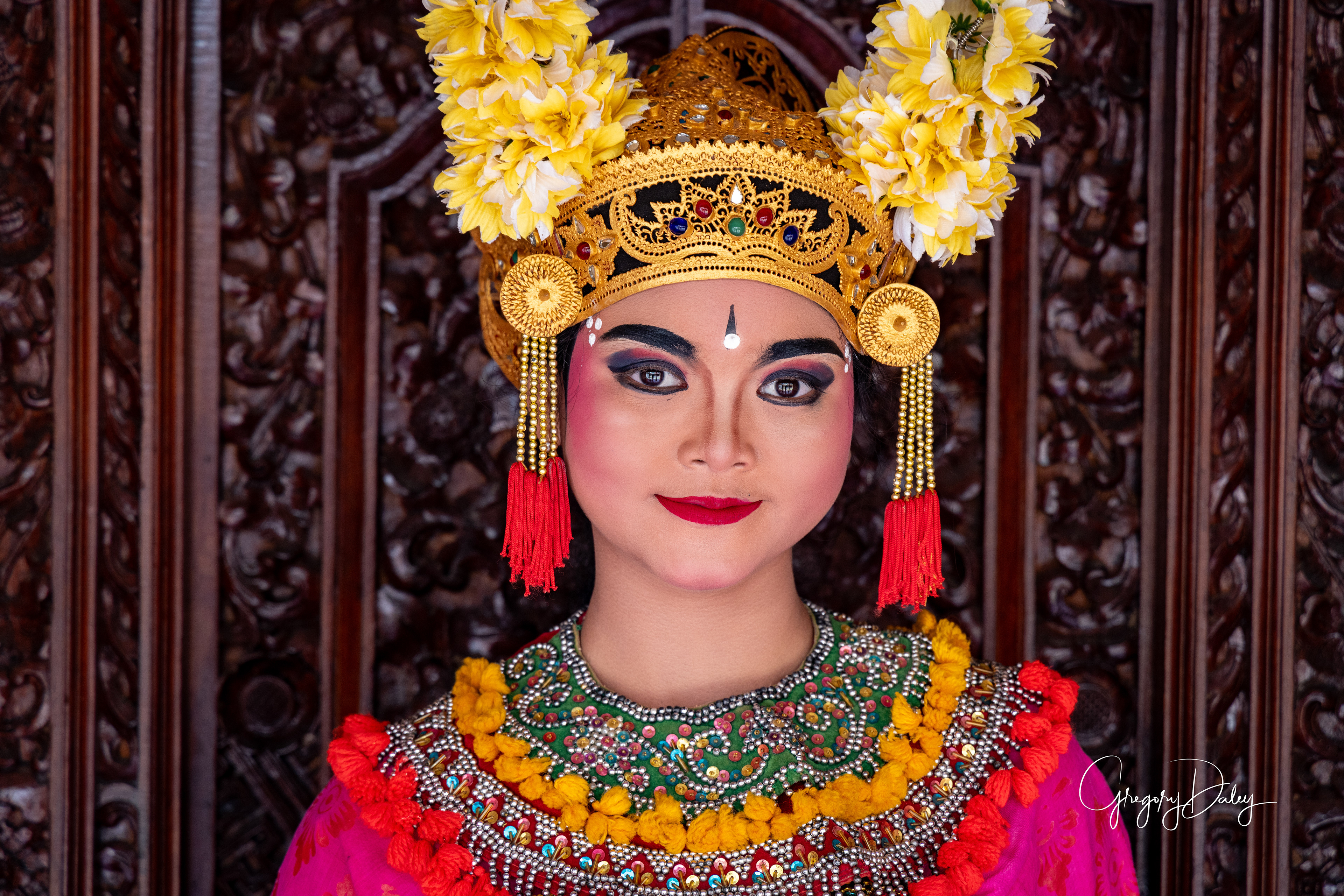
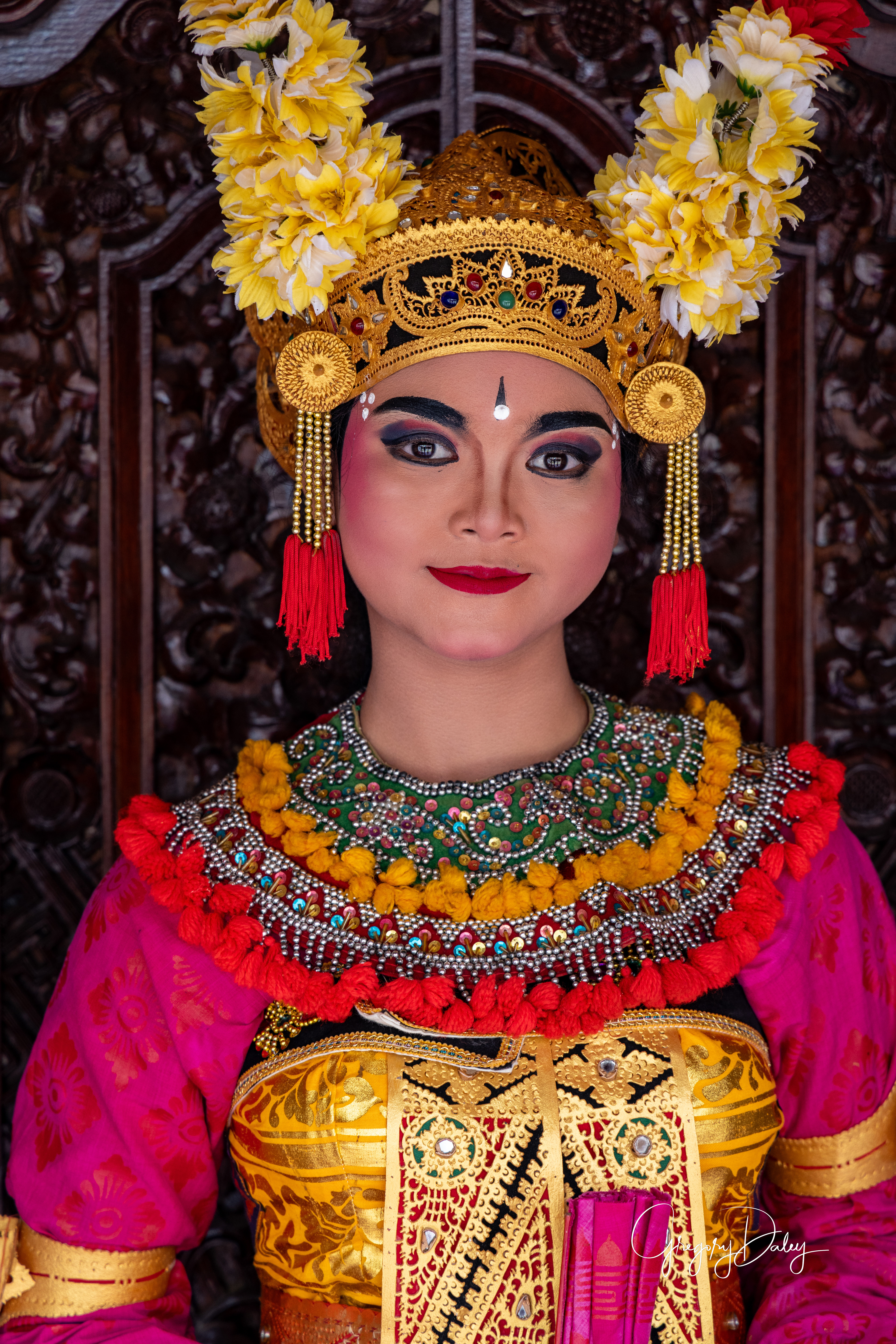
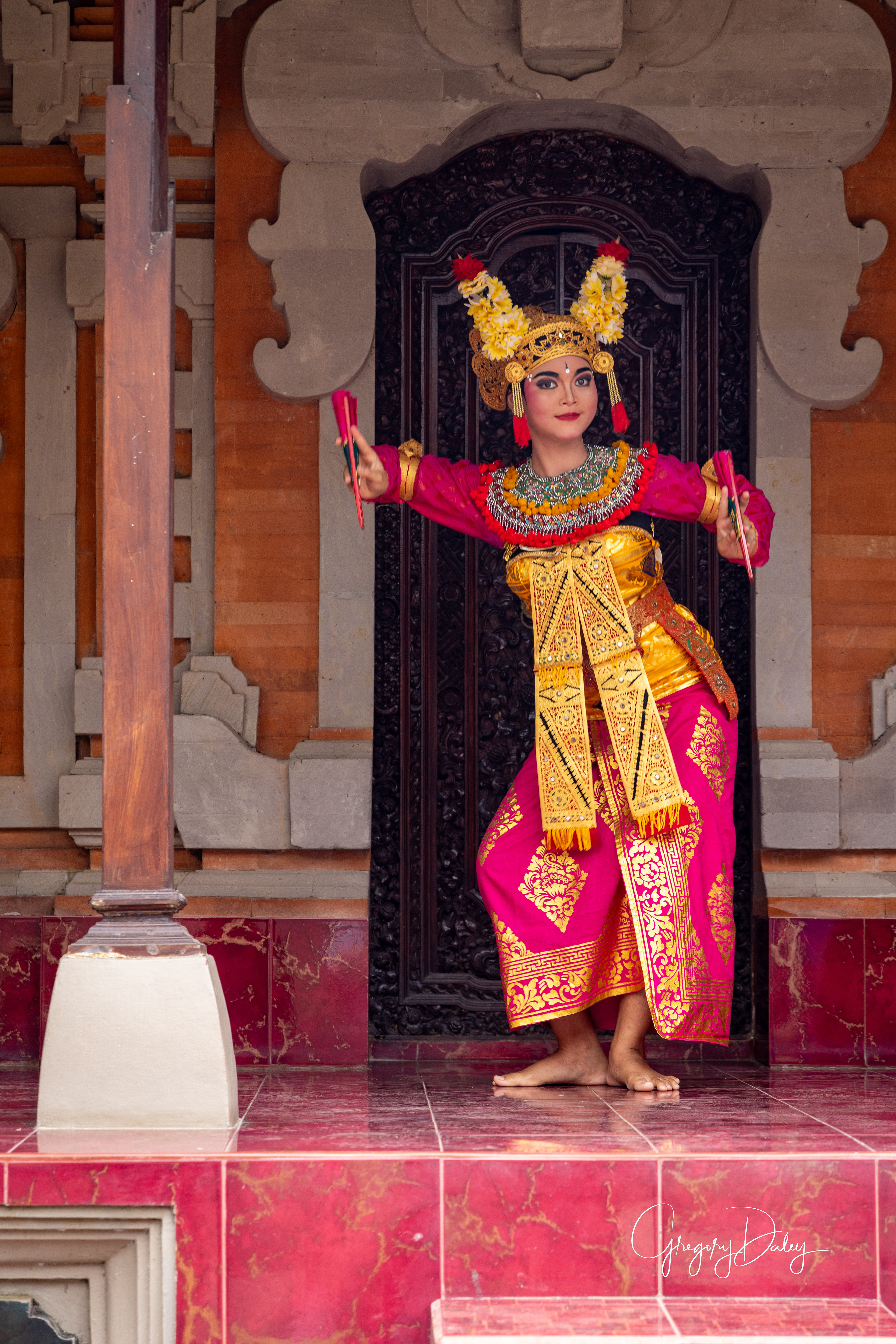

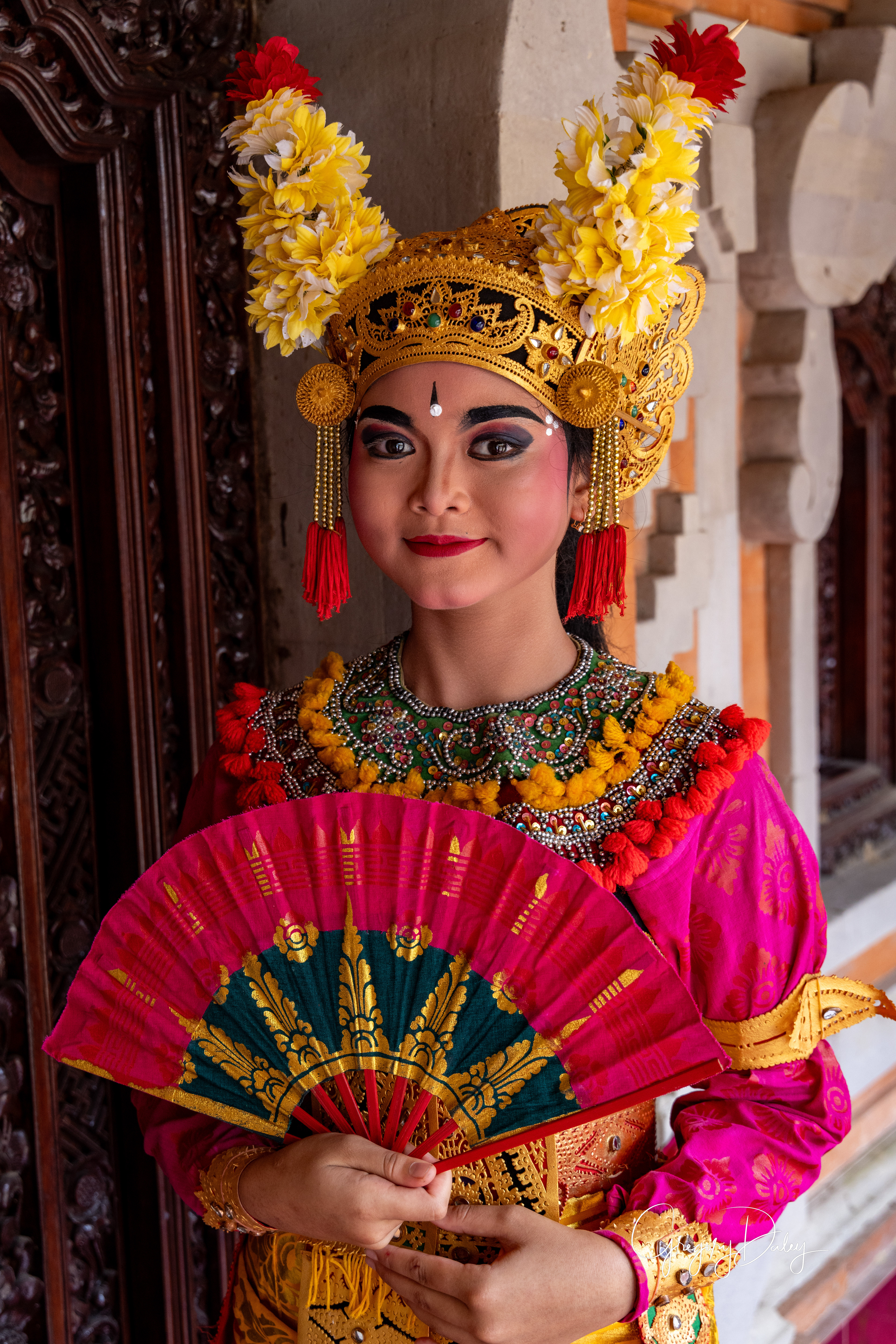
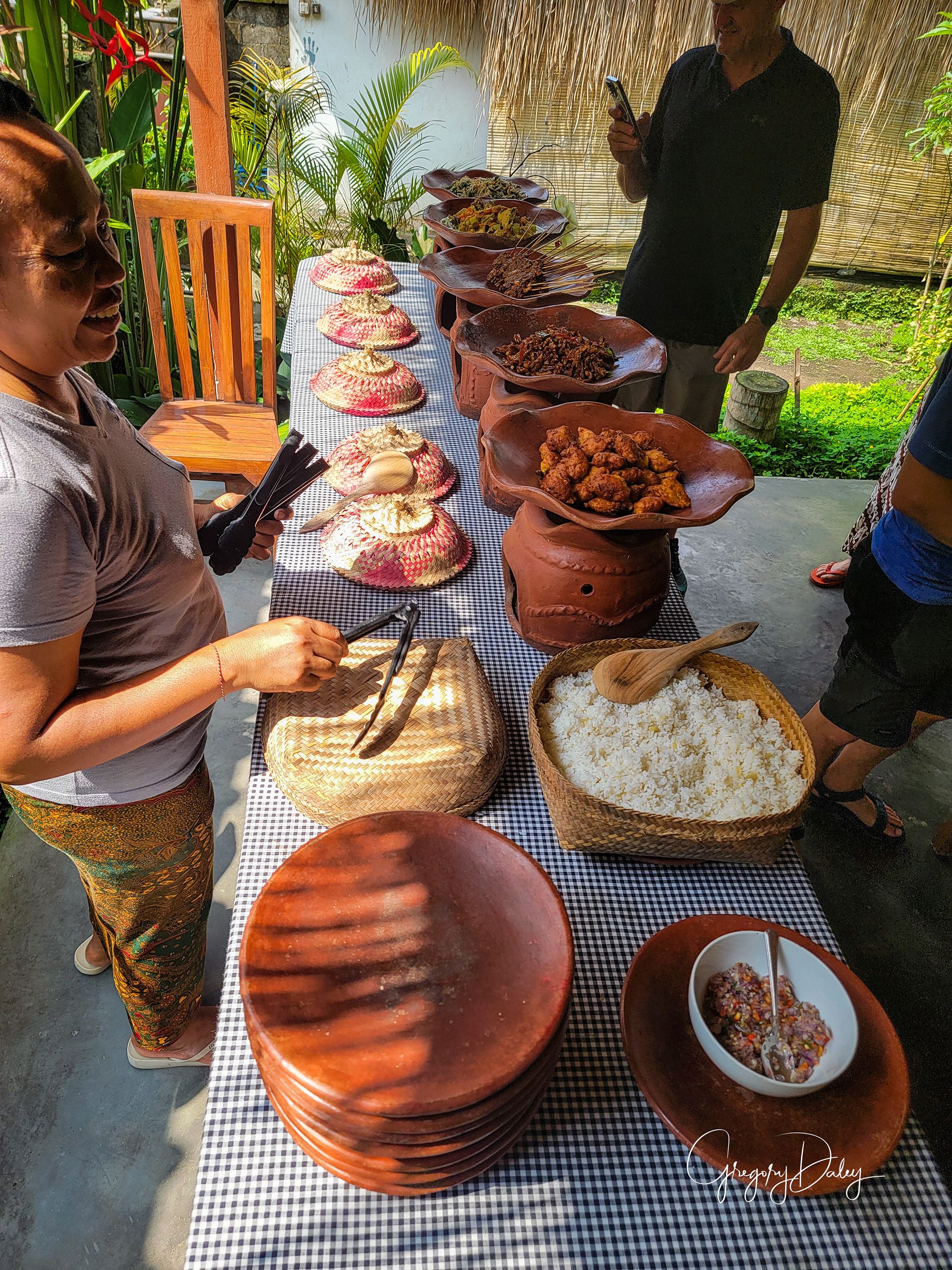

Legong Dance or just ‘Legong’ for short is one of Bali’s most visually alluring royal court performances. The dance is considered one of the island’s most revered classical pieces, known for its physically demanding postures and fast-paced movements which require a significant level of flexibility among its generally young female performers. Choreographed to a set pattern with the finest detail, the dance has been well-preserved through generations.
Locals refer to the Legong Dance by its complete designation - ‘Legong Kraton’ - which loosely translates as the ‘dance of the royal palace’. It used to only be shown within closed palace walls in front of the royal family. Through the change of times, you can watch it performed at various open stages and shows throughout the island, such as at the Puri Saren Royal Palace, a palatial landmark in Ubud Central, which is open to the public.
Back in the day, any young girl assigned the task of learning the dance – and eventually performing it in the palace – would gain high honour. The Legong depicts angels divinely dancing in the heavens, and is visually distinctive through the performers’ iconic costumes, which comprise a golden floral headdress of considerable size and weight, along with complete regalia from shoulders to feet. Trained dancers carry out movements effortlessly, despite the bulk of their outfits.
The classical performance showcases the agility of the dancers, who move dynamically to a live accompaniment of a gamelan orchestra. Today, there are several artistic variations of the Legong Dance, found throughout the different regions in Bali, such as in the village of Saba and Bedulu in the Gianyar regency, and Kelandis in the central Bali highlands.
Legong Dance probably originated in the 19th century as royal entertainment. Legend has it that a prince of Sukawati fell ill and had a vivid dream in which two maidens danced to gamelan music. When he recovered, he arranged for such dances to be performed in reality. Girls from the age of five aspire to be selected to represent the community as Legong dancers. Dancers were recruited from the aptest and prettiest children. Today, the trained dancers are still very young; a girl of fourteen approaches retirement as a Legong performer.
The highly stylized Legong Kraton enacts a drama of a most purified and abstract kind. The story is performed by three dancers: a female attendant of the court and two identically dressed legongs who adopt the roles of royal persons. The suggestive themes of the magnificent gamelan orchestra and the minds of the audience conjure up imaginary changes of scene.
The story derives from the history of East Java in the 12th and 13th centuries. A king finds the maiden Rangkesari lost in the forest. He takes her home and locks her in a house of stone. Rangkesari's brother, the Prince of Daha, learns of her captivity and threatens war unless she is set free.
Rangkesari begs her captor to avoid war by giving her liberty, but the king prefers to fight. On his way to battle, he is met by a bird of ill omen that predicts his death. In the fight that ensues he is killed. The dance dramatizes the farewells of the King as he departs for the battlefield and his ominous encounter with the bird.
The tiny dancers glitter and dazzle. Bound from head to foot in gold brocade, it is a wonder the legongs can move with such fervent agitation. The dancers flow from one identity into the next without disrupting the harmony of the dance. They may enter as the double image of one character, their movements marked by tight synchronization. Then they may split, each enacting a separate role, and come together again. In a love scene in which they rub noses, for example, the King takes leave of Rangkesari. She repels his advances by beating him with her fan, and he departs in anger, soon to perish on the battlefield.